Buy French Black Tail Buff Marans Chicken
The French call this color, “Fauve á Queue Noire”, and was first shown at an exhibition in Paris in 1932. This is a breeding project in development within Hatchery™ breeding program. Anticipating offering in 2024. Our Cackle flock lays egg shell colors of 7-9 on the French Marans Egg color chart found in the gallery.
$59.00 – $63.00Price range: $59.00 through $63.00
Description
Buy French Black Tail Buff Marans Chicken
French Black Tail Buff Marans Chicken: The Complete Guide for Backyard Farmers and Poultry Enthusiasts
Introduction
Buy French Black Tail Buff Marans Chicken. The French Black Tail Buff Marans Chicken is a rare and elegant breed known for its stunning buff-colored body and contrasting black tail feathers. As part of the highly sought-after Marans family, this variety maintains the breed’s reputation for rich chocolate-colored eggs and hardiness, while adding a unique feather pattern to any flock. Buy French Black Tail Buff Marans Chicken. In this SEO-optimized guide, we explore everything about the French Black Tail Buff Marans: from history and care to egg production and integration, ensuring your content is search-engine-friendly and valuable to readers.
1. Overview of the French Black Tail Buff Marans
This breed combines the classic Marans egg-laying ability with rare, show-worthy aesthetics. Known for:
- Rich, buff-colored body feathers
- Striking black tail feathers
- Feathered legs (French standard)
- Deep brown egg coloration
A great dual-purpose bird for both eggs and meat, it also excels in ornamental value.
2. Origin and Historical Background
The Marans breed originates from the port town of Marans in western France. Initially developed in the 19th century, these chickens were refined by crossing local breeds with game birds to produce robust, egg-laying fowl. The Black Tail Buff variety was introduced through selective breeding to produce a lighter body color while preserving the breed’s hallmark traits.
3. Unique Physical Characteristics
- Plumage: Golden buff body, glossy black tail
- Comb: Single, medium-sized, bright red
- Wattles and Earlobes: Red
- Legs: Feathered, slate to dark gray
- Weight: Hens 5.5–6.5 lbs, Roosters 7–8.5 lbs
- Eyes: Reddish bay
Their stunning feather contrast makes them ideal for shows and exhibitions.
4. Temperament and Behavior
These birds are well-mannered and adaptable:
- Calm and gentle disposition
- Suitable for children and beginners
- Thrive in both free-range and confined setups
- Assertive enough to hold their place in a mixed flock
They’re curious but not flighty, making them easy to manage.
5. Egg Laying Capabilities
Renowned for producing high-quality eggs:
- Egg Color: Deep chocolate brown
- Annual Yield: 160–200 eggs per hen
- Egg Size: Medium to large
- Age to Lay: Around 22–26 weeks
Their eggs are considered gourmet and highly marketable.
6. Coop Design and Space Requirements
For optimal health and productivity:
- Indoor Coop Space: 4 sq ft per bird minimum
- Outdoor Run Space: 10–12 sq ft per bird
- Ventilation: Crucial for respiratory health
- Perches: 8–10 inches per bird
- Nesting Boxes: 1 box per 3–4 hens
Ensure predator-proofing and shaded areas.
7. Feeding and Nutritional Guidelines
A well-balanced diet is vital:
- Chicks: 20% protein starter feed
- Pullets: 16–18% grower feed
- Laying Hens: Calcium-rich layer feed
- Treats: Fruits, leafy greens, cracked corn
- Supplements: Grit and oyster shell
Fresh water should be accessible 24/7.
8. Common Health Issues and Prevention
Generally hardy, but preventive care is essential:
- Marek’s Disease: Vaccinate at hatch
- External Parasites: Prevent with dust baths
- Respiratory Infections: Avoid damp bedding
- Foot Health: Check for bumblefoot and overgrown nails
- Internal Parasites: Deworm semi-annually
Routine inspections will ensure early detection.
9. Breeding and Genetics
To maintain quality traits:
- Select birds with deep egg color and correct feather pattern
- Prioritize feathered shanks for authenticity
- Avoid crossing with other breeds to preserve purity
- Use breeding pens for line tracking
- Maintain one rooster for every 8–10 hens
10. Weather Tolerance and Seasonal Management
These birds are adaptable across climates:
- Cold Weather: Insulate coops, provide warm bedding
- Hot Weather: Ensure airflow, electrolytes, and shade
- Molting: Supplement with protein-rich feed
- Winter Laying: Artificial light may help maintain egg output
11. Integration with Other Chickens
Peaceful flock mates when introduced correctly:
- Quarantine new birds for 3–4 weeks
- Use see-through barriers before full introduction
- Introduce at night to minimize pecking order disruptions
- Compatible with Australorps, Orpingtons, Wyandottes
12. Advantages of Raising Black Tail Buff Marans
- Unique Aesthetic: Eye-catching plumage
- Premium Eggs: High market value
- Beginner-Friendly: Calm and manageable
- Dual-Purpose Utility: Eggs and meat
- Show Quality: Eligible for exhibitions and competitions
13. French Black Tail Buff vs. Other Marans Varieties
| Trait | Black Copper Marans | Golden Salmon Marans | Black Tail Buff Marans |
|---|---|---|---|
| Egg Color | Very dark brown | Rich brown | Deep chocolate brown |
| Plumage | Black w/ copper hackles | Salmon tones | Buff w/ black tail |
| Availability | Common | Rare | Very Rare |
| Temperament | Docile | Friendly | Calm and adaptable |
14. Setting Up a Backyard Flock with Buff Marans
- Choose a clean, predator-proof coop with enough ventilation
- Use deep litter method for low-maintenance sanitation
- Provide enrichment (perches, toys, forage boxes)
- Rotate pasture space if free-ranging
- Regularly sanitize feeders and waterers
15. Where to Buy Quality Birds
- Reputable Hatcheries: Greenfire Farms, Meyer Hatchery
- Poultry Shows and Events: Network with breeders
- Online Poultry Forums: Backyard Chickens, Homesteading Reddit
- Local Farms: Check breeder reviews and NPIP certification
Always inquire about vaccination status and breeding practices.
16. Ethical Farming Practices
- Prioritize breeders that humanely handle male chicks
- Avoid overcrowding; provide enrichment
- Keep flocks stress-free to improve health and egg quality
- Minimize transport and handle with care
Ethics improve animal welfare and product quality.
17. Budgeting and Long-Term Costs
| Item | Estimated Cost |
|---|---|
| Chicks | $6–$12 each |
| Coop Setup | $200–$500 |
| Monthly Feed | $10–$20/bird |
| Health/Vet Supplies | $50–$100/year |
| Egg Sale Revenue | $60–$120/hen |
18. FAQs about French Black Tail Buff Marans
Q: Are they good egg producers?
A: Yes, expect 160–200 dark brown eggs annually per hen.
Q: Are they noisy?
A: They are moderately quiet and suitable for suburban settings.
Q: Can they be raised with ducks or other poultry?
A: Yes, with proper space and introduction.
Q: Are they show birds?
A: Yes, they meet APA standards and are show-eligible if purebred.
Additional information
| Sex | Female, Male |
|---|
Specification
Basic information
| Headphone type | Intrathecal |
|---|---|
| Destiny | For iPod / iPhone / iPad, For phones |
| Wireless transmission | Bluetooth |
| Additional functions | Aware adjustable, IPX4, Adjustable equalizer, Touch control, CustomTune technology, Quiet mode |
| Color | Black |
Functions
| Wireless transmission | Bluetooth |
|---|---|
| Active Noise Cancellation (ANC) | Yes |
| True Wireless | Yes |
| Microphone | Yes |
| Mp3 player | Yes |
| Volume control | No |
| Bone conduction | Yes |

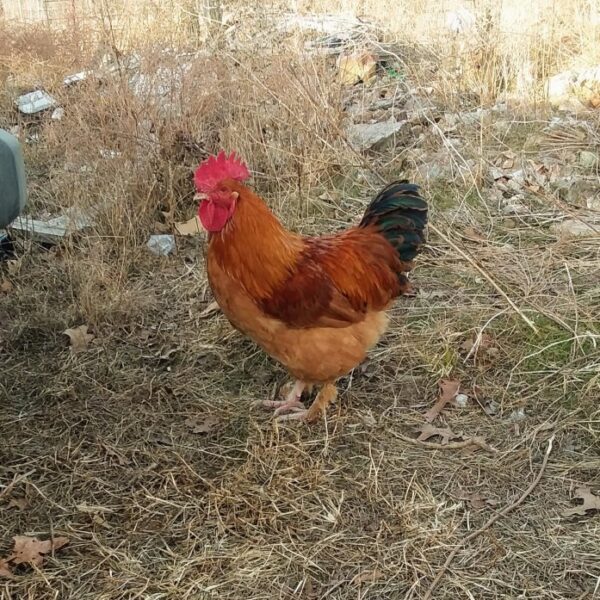
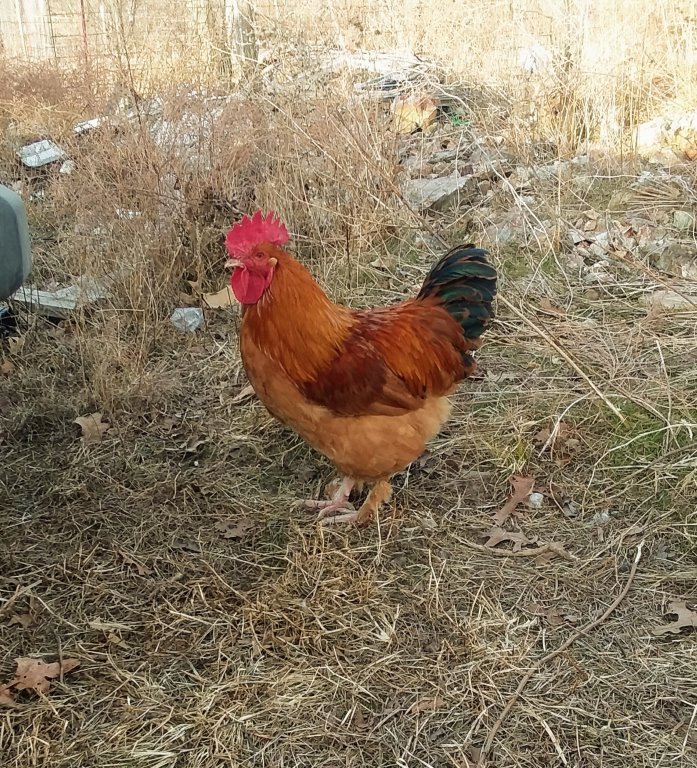
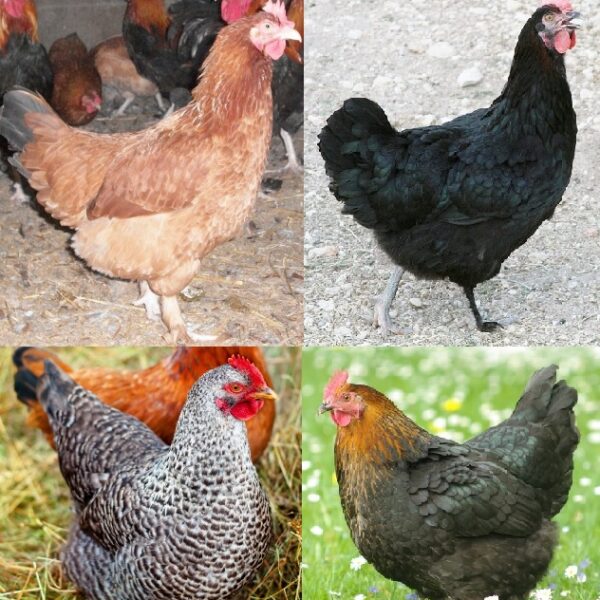
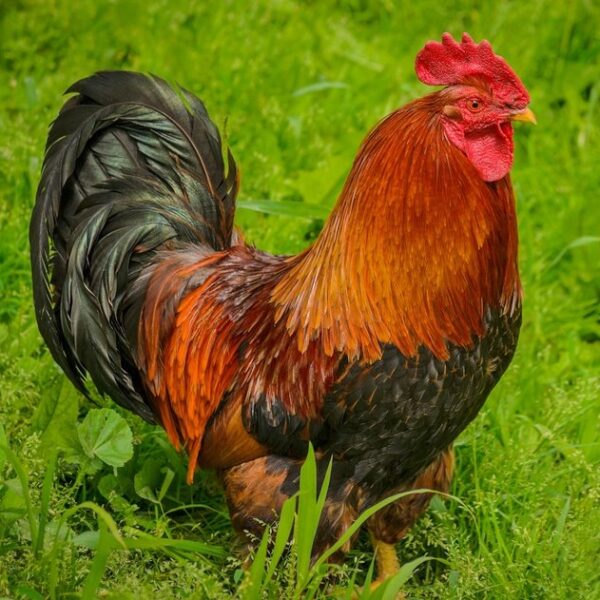


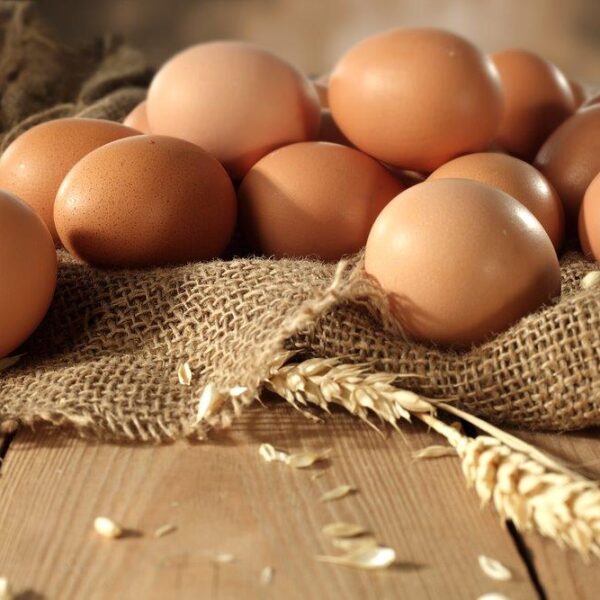

Reviews
There are no reviews yet.